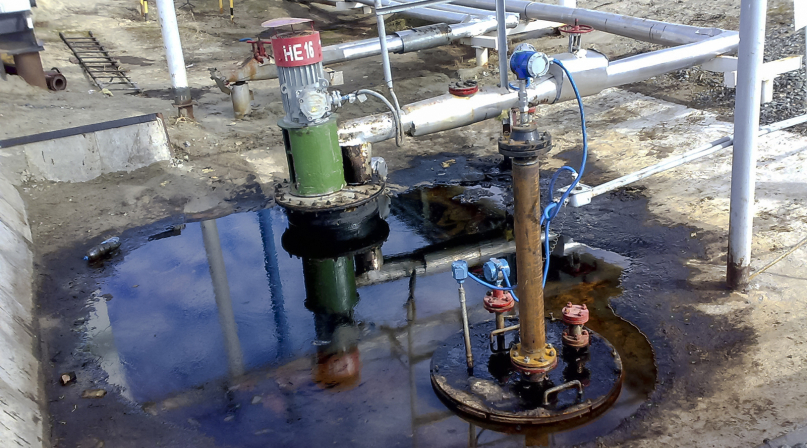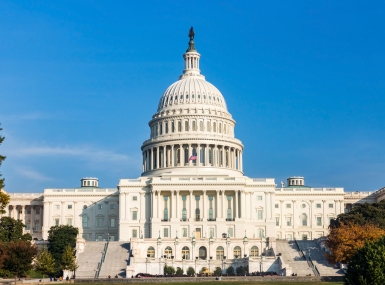Court rules wastewater injection wells require federal permit
Upcoming Events
Related News

Wastewater injection wells can be a regulated pollution source, require discharge permits
The U.S. Court of Appeals for the 9th Circuit has upheld a lower court’s decision in Hawaii Wildlife Fund v. County of Maui, finding wastewater injection wells can be a regulated pollution source under the Clean Water Act (CWA). By ruling that underground wells are “point sources” for pollution, thereby requiring a permit for discharge, the 9th Circuit Court’s decision, Feb. 1, may have a significant impact on both public and industrial underground injection wells, as well as municipally-owned wastewater and stormwater management facilities, especially those using water storage systems.
To comply with the ruling, Maui County estimates the county will be responsible for $2.5 million in upgrades, plus additional civil penalties.
Technically the ruling in this case only applies in the 9th Circuit (Alaska, Arizona, California, Hawaii, Idaho, Montana, Nevada, Oregon and Washington). But other federal circuit courts of appeals, which have yet to rule on whether an indirect discharge from a point source to navigable waters requires a federal permit, may find the 9th Circuit’s opinion persuasive. This may be all the more likely because it agrees with similar rulings from the 2nd and 5th Circuits.
The case in question involves Maui County, Hawaii’s practice of injecting millions of gallons of treated sewage wastewater into four underground wells. The county has been using this process since the mid-1970s and previously had not been required to obtain a CWA permit.
However, environmental groups challenged this approach, arguing the county should be required to obtain a CWA National Pollution Discharge Elimination System (NPDES) permit since the discharge, through groundwater, ultimately runs into the Pacific Ocean. Groundwater has historically not been regulated by the CWA, leaving the responsibility to the states.
Maui County argued the discharges were not regulated because they were not released directly into the ocean. However, the environmental groups performed a dye test indicating that, even though the wastewater was injected into groundwater, the injections eventually reached the ocean after nine months.
The Court of Appeals decision upheld a 2015 decision by the U.S. District Court for the District of Hawaii, ruling the county does in fact need to obtain an NPDES permit. In its decision, largely based on the “conduit theory,” the court stated that because the discharge has the potential to reach the Pacific Ocean, it is the “functional equivalent” of a direct discharge into a navigable water regulated under the CWA.
NACo filed an amicus brief in this case in favor of Maui County.
Lisa Soronen, executive director, State and Local Legal Center, also contributed to this report.
Attachments
Related News

U.S. House of Representatives passes SPEED Act and other permitting reform bills
On December 18, the U.S. House of Representatives passed the SPEED Act (H.R. 4776). The SPEED Act would strengthen county involvement in decision-making and make needed commonsense reforms to the federal environmental review process.

House Natural Resources Committee advances the Endangered Species Act Amendments Act of 2025
On December 17, the House Natural Resources Committee advanced the Endangered Species Act (ESA) Amendments Act of 2025 (H.R. 1897). The version passed by the committee adopted several changes from the initial bill and would address key county concerns by improving the implementation of the ESA. The legislation now awaits a floor vote before the whole U.S. House of Representatives.

Senators introduce bipartisan UPGRADE Act to support small and rural public water systems
On December 15, Sens. Lisa Blunt Rochester (D-Del.) and Roger Wicker (R-Miss.) introduced the Unincorporated Partnerships for Grant Resources, Assistance, and Drinking Water Enhancements (UPGRADE) Act (S. 3465), a bipartisan bill that would strengthen federal support for small public water systems and helps unincorporated communities access clean and affordable water.